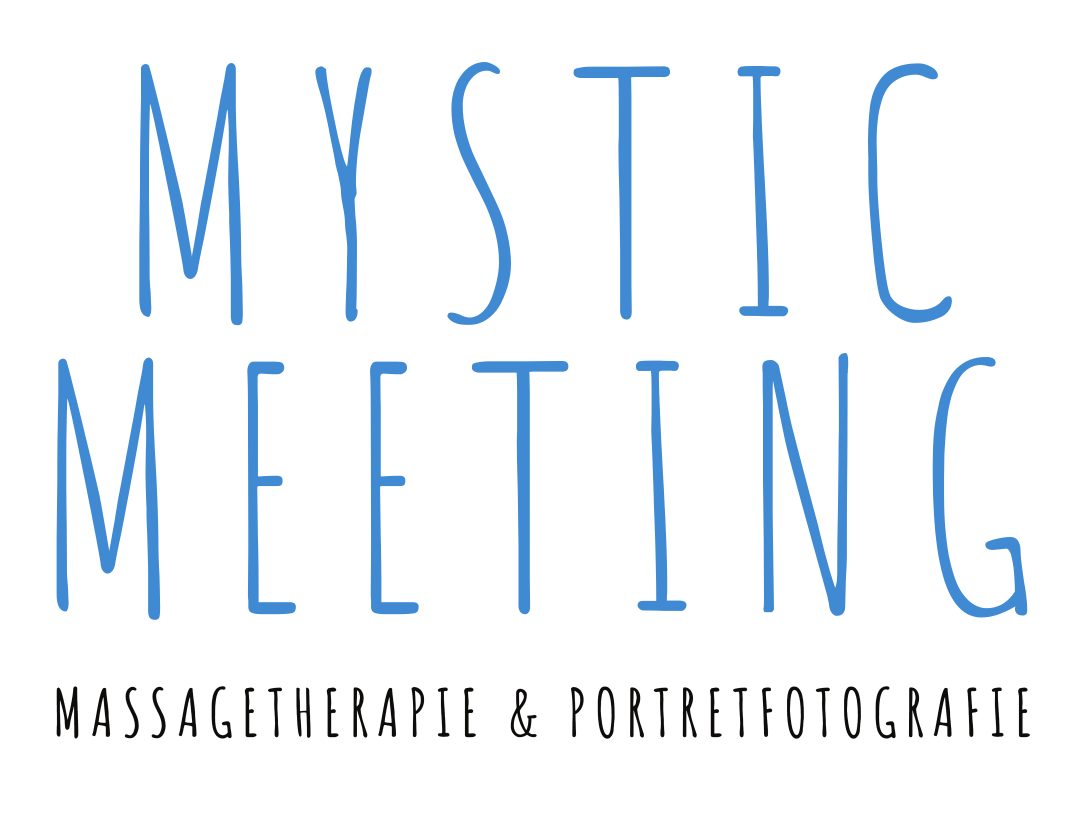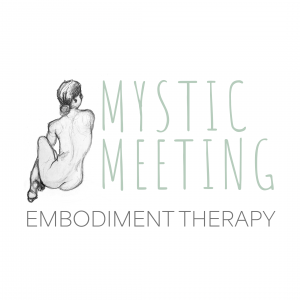The Eastern Five Elements Theory is a holistic approach rooted in Traditional Chinese Medicine (TCM). Body and mind are seen as one integrated whole, supported by life energy (Qi) that is constantly in motion. The five elements—Wood, Fire, Earth, Metal, and Water—each reflect a unique quality, connected to organs, emotions, seasons, and life phases.
These elements influence one another through cycles of generation (nourishment) and control (regulation). When this balance is disrupted, physical or emotional symptoms may arise. Understanding these dynamics helps us interpret signals and support targeted healing.
This approach focuses on restoring balance in the meridians, which function as one interconnected system. A disturbance in one area affects the whole. That’s why I stimulate coherence between the six Yin and six Yang meridians within the five phases.
MERIDIANS
Our body holds a network of energy pathways, the meridians—through which vital life energy flows. These twelve main meridians are each linked to an organ, but their influence goes beyond the physical. For example, the lung meridian is not only related to breathing, but also to the skin, grief, and the ability to set boundaries.
A meridian that is out of balance does not directly indicate disease in the associated organ, but rather a disrupted energy flow: an excess, a deficiency, or stagnation. By consciously influencing this flow, the system can move again.
———
In my treatments, I work with techniques such as Shiatsu and acupressure to activate the meridians and release blockages. This allows the body to regain space to self-regulate and heal.
YIN & YANG
Yin and Yang form the rhythmic heart of Eastern medicine. They are not separate from one another, but exist through their interplay: movement and stillness, light and dark, warmth and coolness. Everything in nature—and in our body—moves within this dynamic balance.
When you experience symptoms, we explore how this balance manifests in you. Is there an excess of activity, or a lack of vital energy? By recognizing this dynamic, we can gently guide the system toward equilibrium.
———
The Yin-Yang perspective helps me tailor each treatment to your constitution. I carefully adjust the intensity, technique, and rhythm to what your system needs in that moment.
FIVE PHASES
The Five Elements theory describes five phases of movement: Wood, Fire, Earth, Metal, and Water. Each phase represents a specific quality of energy and is reflected in bodily processes, emotions, and stages of life. These phases nourish and regulate one another in a natural cycle that helps the body maintain balance.
This cycle can be seen in the rhythm of a day, the course of a life, or the development of a symptom. It helps us understand how energy shifts, which patterns repeat, and where support is needed to bring the system back into motion.
———
By integrating the Five Elements into my work, I can place symptoms in a broader context and work on the root cause—not just the surface. This opens space for healing, insight, and renewal.
TONGUE & PULSE
In traditional Eastern medicine, attention is not only given to words, but especially to what the body communicates. Tongue and pulse diagnosis are ancient techniques that help us understand the body’s energetic balance from within. They are not isolated measurements but a subtle dialogue with the body itself.
The tongue acts as a mirror of the internal organs. Its color, shape, coating, and texture provide clues about heat, cold, deficiency, or stagnation. The pulse, through its rhythm, depth, and tension, reveals how Qi—life energy—and blood are flowing, and where deficiencies or blockages may have developed. By carefully interpreting these signals, a clear picture emerges of where imbalance has occurred.
———
I use tongue and pulse diagnosis as a complement to what you share and what I observe during the treatment. These techniques help me sense more precisely where support is needed, so I can work in tune with your system toward recovery and renewed balance.
Within Embodiment Therapy, the five nature-oriented principles and the theory of the Five Elements come together in an integrated approach.



